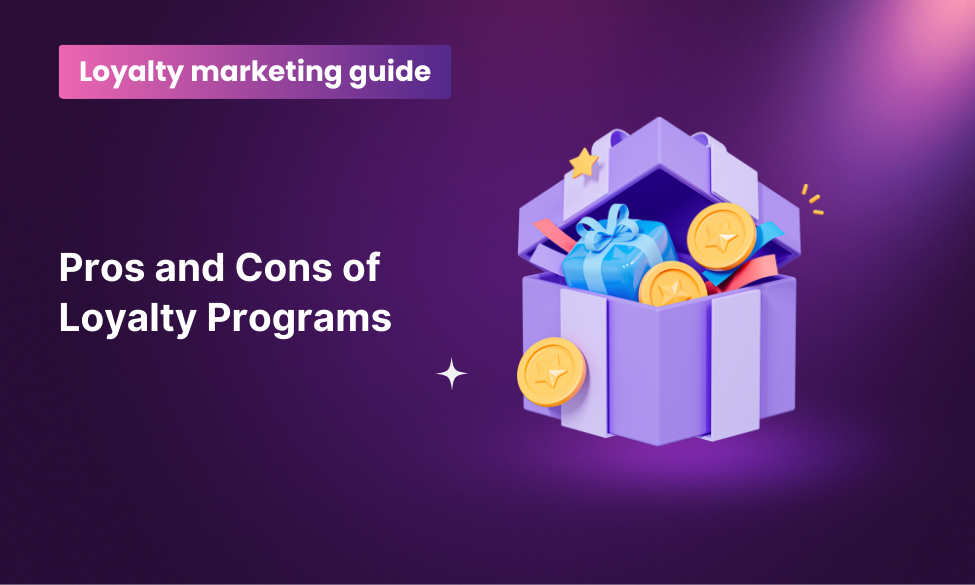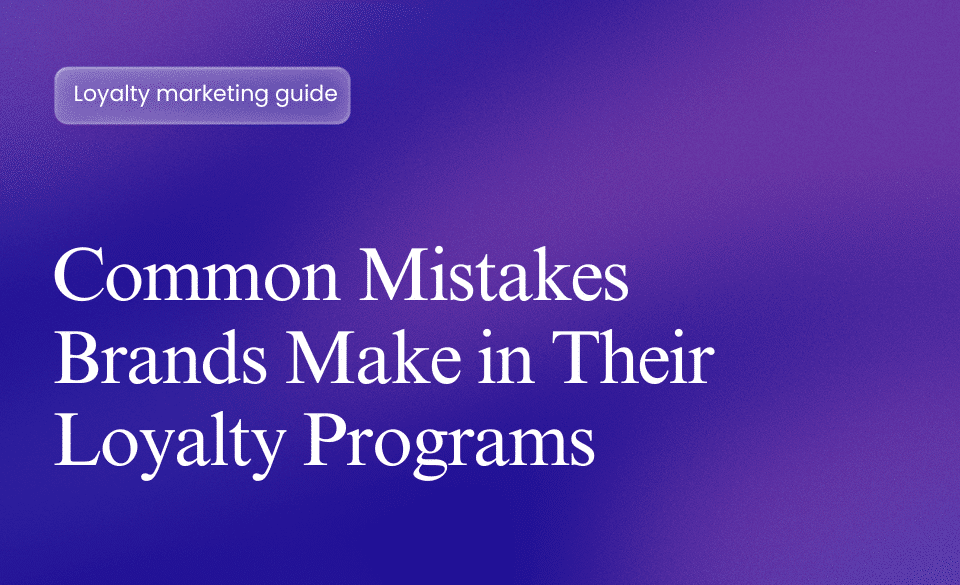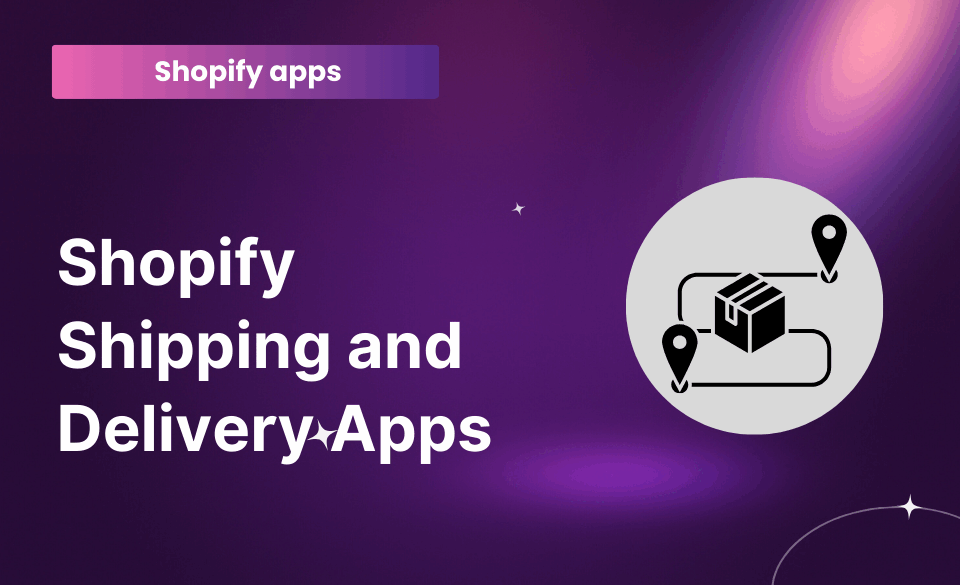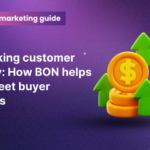
Unlocking Customer Loyalty: How BON Loyalty Helps You Meet Buyer Desires
10 October, 2024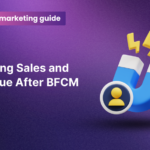
Boosting Sales and Revenue After BFCM: How BON Loyalty Can Help
11 October, 2024Are you interested in learning about the pros and cons of loyalty programs? Customer programs are common in many fields because they promise to keep customers returning and increase sales. But are they always worth the money?
This article explores the pros and cons of loyalty programs for small businesses to help you decide if this program suits you.
Understanding Loyalty Programs
A loyalty program is a way for brands to thank customers for repeat purchases by giving them special perks like discounts and rewards. Here are some types of loyalty program types (points-based, tiered, paid memberships):
- Points-based program customers earn points for specific actions. Such as making a purchase, referring friends, or engaging with the brand on social media.
- Tiered loyalty programs are structured systems based on their level of engagement or spending.
- Paid memberships refer to members who pay a fee, which can be monthly or annual, for full access to a platform or service.
Let us say you have a favorite toy store. There’s a sticker for each time you go to play. When you have a lot of stickers, you can choose a cool toy! It’s like a point system.
Pros Of Loyalty Programs For E-commerce Businesses
Businesses that sell things online need customer programs to keep customers coming back and make more sales. Let’s look at how a reward program can help your online store.
Increased Customer Retention
Customer retention is one of the best things about a reward program. Your customer retention rate will go up because these programs make your customers feel valued, which makes them more likely to keep buying your goods or services.
Let’s be honest your online store still fails if it doesn’t get return customers, no matter how much you spend on ads. A Fred Reichheld study proved this: for every 5% increase in customer retention, there is a 25% increase in profit.
Look at our real case study with Özel Beslenme, the Turkish pharmaceutical. Their Shopify online e-commerce store faced a common challenge: retaining customers.
The founder, Ismail Cem Erzincanlı, decided to start their reward program using the BON Loyalty app. The BON platform’s coupon feature encouraged repeat purchasing. A huge 6% rise in sales and more than 500 reward redemptions in Q4 2023 show how successful the program was. In the shopping business, this is a big number.
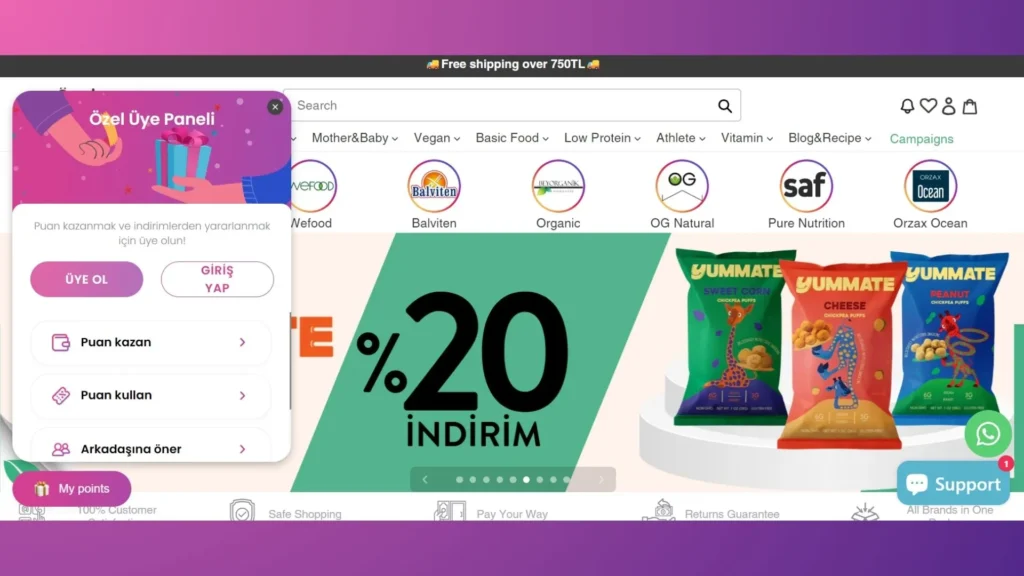
Enhanced Customer Engagement
Yotpo’s research found that more than 83% of customers said participating in a customer loyalty program influences their buying decisions. That means buyers care about companies that make them feel like they are part of a community as much as they care about good products.
Sephora is a beauty brand that understands it through its Beauty Insider community. They engage fans through rewards like exclusive promotions and honor brand advocacy with badges and leaderboards.
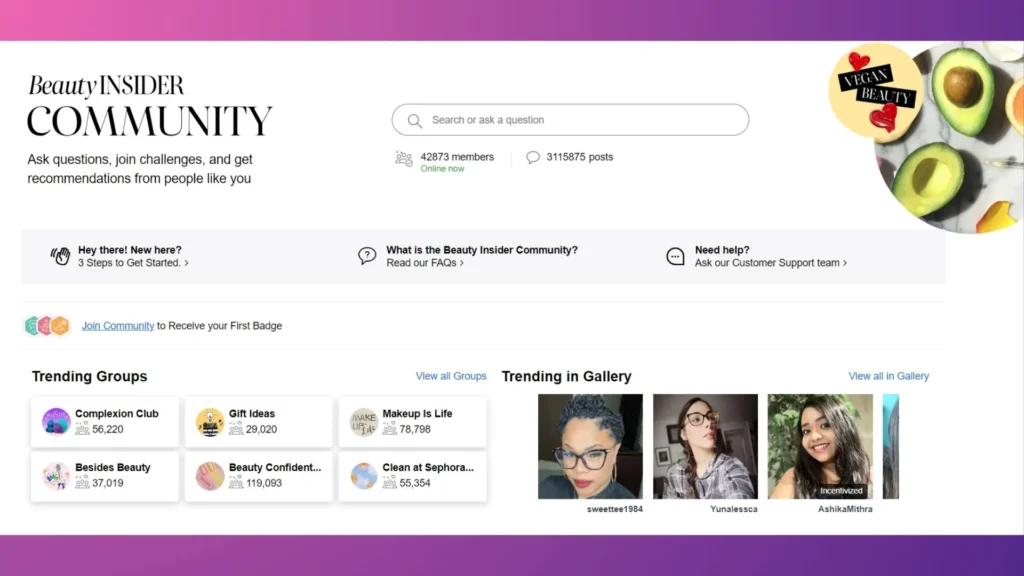
Data Collection And Personalization
An Inmar Intelligence study found that 65% of shoppers would share their information to get personalized offers. That means customers are willing to provide customer insights via a loyalty program. Through this, you can build personalizing marketing efforts.
Personalizing marketing efforts means tailoring your marketing messages and campaigns to individual customers. It is based on the following:
- Demographic information includes age, gender, location, and contact details.
- Purchase history includes products bought, buy frequency, and average order value.
- Behavior data through browsing history, cart abandonment, and wishlist items.
- Customers prefer preferences such as product categories, brands, and styles.
For example, Sephora’s email below is perfect for the recipient’s unique beauty customer.
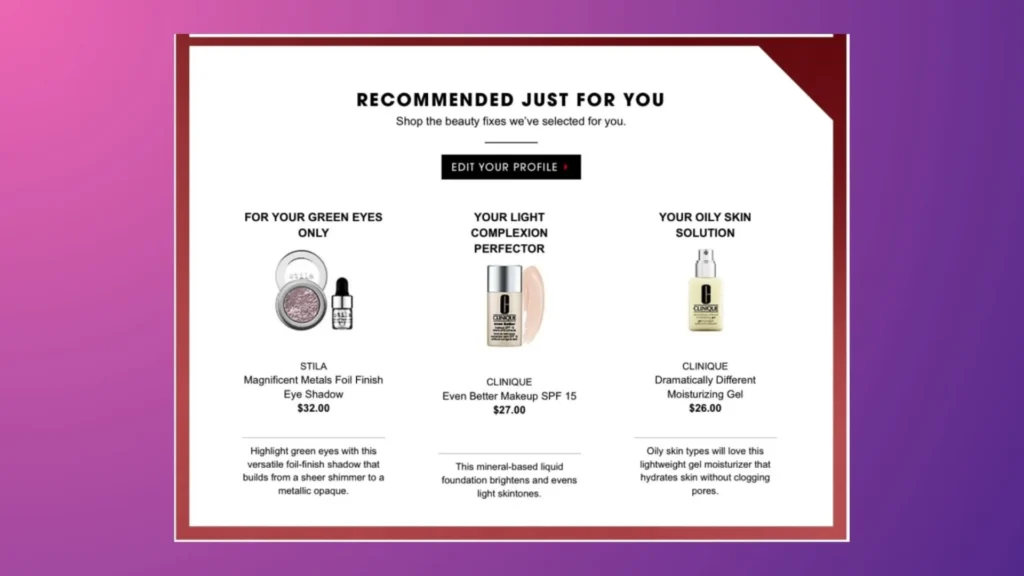
Competitive Advantage
Put yourself in the customer’s shoes, you have two options for buying groceries. One store offers discounts. While the other has a loyalty program with points, exclusive offers, and a sense of community. Where would you be more interested to shop?
Your answer are the same is proven by Yotpo’s research, 56% of consumers are willing to spend more with a brand they like even if cheaper options exist. That means if you give them special perks and benefits that they can’t get anywhere else, customers are less likely to switch to a competitor.
Cons Of Loyalty Programs For Shopify Businesses
There are some good things about customer programs, but some problems come with them. To make smart choices, you need to know about these problems.
Initial and Ongoing Costs
There are a lot of good things about reward programs, but the up-front costs of setting up are the hardest part. It has costs for things like software, design, and maybe even marketing. Also, you need specific resources for customer service, data analysis, and award delivery to run a loyalty program.
We answered the question: “How Much Does a Shopify Loyalty Program Cost?” in another article.
The solution we recommend for you is to choose a loyalty program app that is affordable and has a friendly interface. You can find some suitable app in this out blog: Top 10 affordable loyalty programs app for businesses.
If you own a Shopify store, BON Loyalty is the top-recommend for you. This Shopify loyalty program app provides comprehensive features to set up a reward program, from customizing rewards to links to popular page builder, email apps. In particular, BON app supports free trial with 250 monthly order limit and no extra fees on orders.
Potential For Abuse And Fraud
It’s natural that some customers will see loyalty points as money instead of a reward for being faithful in a diverse society. This can make them get as many points as possible without really wanting to buy something. It means these people will go to great lengths, often frauding methods, to maximize their rewards from your loyalty programs.
These bad customers tend to use the following potential for fraud behaviors:
- Account takeovers: Unauthorized access to customer accounts for fraudulent rewards redemption.
- Synthetic identity fraud: The creation of fake identities to accumulate points and redeem rewards.
- Friendly fraud: Customers abuse return policies or claim unauthorized transactions.
- Promotion abuse: Exploiting program loopholes or glitches for unfair benefits.
- Transaction manipulation: Fraudsters may attempt to manipulate transactions to earn more points or rewards. This can include fraudulent returns, false claims, or collusion with store employees.
- Referral abuse: Customers or fraudsters exploit referral programs to earn excessive rewards. This can involve creating multiple accounts or referring themselves.
- Coupon code abuse: Fraudsters may use stolen or expired coupon codes to obtain discounts or rewards. They may also create fake coupon codes or exploit loopholes in coupon programs.
- Point hacking: Fraudsters may find and exploit vulnerabilities in loyalty program systems to earn points illegally. This can involve technical exploits or collusion with insiders.
- Identity theft: Fraudsters may steal customer identities to gain access to their loyalty accounts. They can then use the stolen information to redeem rewards or commit other fraudulent activities.
- Collusion with employees: Employees may collude with fraudsters to provide them with access to loyalty program accounts or information.
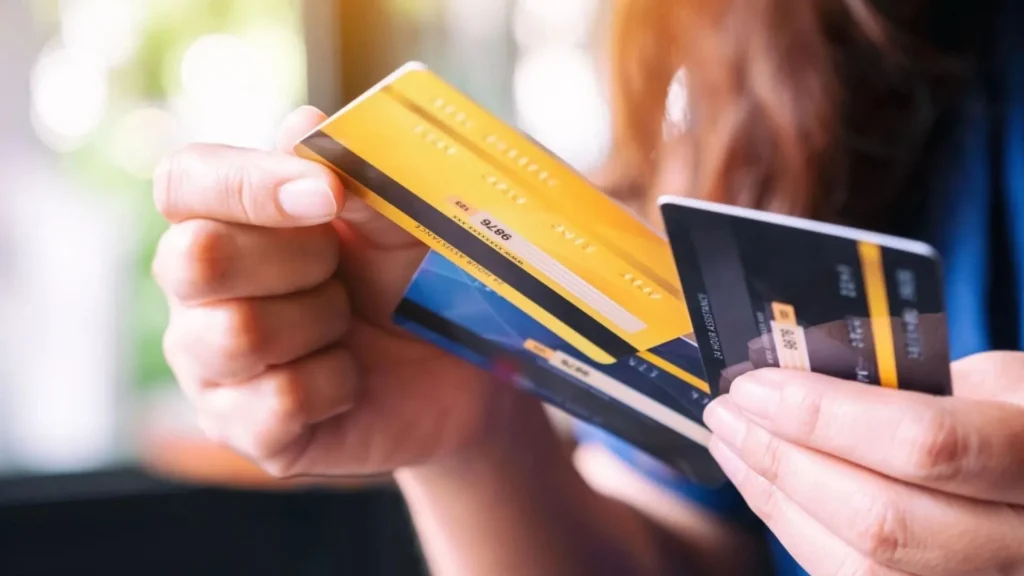
So, how to prevent this situation?
Choose loyalty platforms that offer built-in fraud prevention features and expertise.
For example, you can use BON Loyalty if you have a Shopify store. This Shopify loyalty app provides robust fraud detection for referral programs.
The BON app recommendation program stops cheating by monitoring IP addresses. The referrer’s IP address and the suggested address must not be the same. In particular, an IP address will be banned to stop scams if 10 referral links come from the same address in the last 7 days.
You can get more ideas on how to detect and prevent loyalty fraud in Klippa’s blog.
Managing Data Can Be Difficult Or Costly
There is a lot of useful customer data in loyalty programs, but getting the information you need can be hard.
- Data complexity in diverse formats – structured, unstructured, and semi-structured. So, analyzing this data requires sophisticated tools and expertise.
- Data privacy concerns, such as purchase history, demographics, and preferences. Also, consider subject to strict regulations, such as GDPR and CCPA.
- Data integration challenges are faced by different channels, like online and offline sales. It can be complex and requires robust data management systems.
In this case, we suggest solutions that look for a reward program with strong tracking tools and a privacy policy following GDPR, CCPA, and HIPAA.
So, what is the solution for you?
We recommend that you choose loyalty program software with built-in security features. Also, make it easy to connect data from your reward program to other systems, like CRM or marketing automation.
Don’t forget to adhere to data privacy compliance laws like GDPR, CCPA, and HIPAA.
Impact On Profit Margins
Offering discounts and rewards is both the pros and cons of loyalty programs. It impacts on your profit margins.
So, what is the solution for you?
The only way to balance the costs and benefits of a loyalty program is to measure your metrics program regularly. Also, you should design long-term sustainability plans for it.
In another article, we listed ten loyalty program metrics and explained how to calculate them in detail.
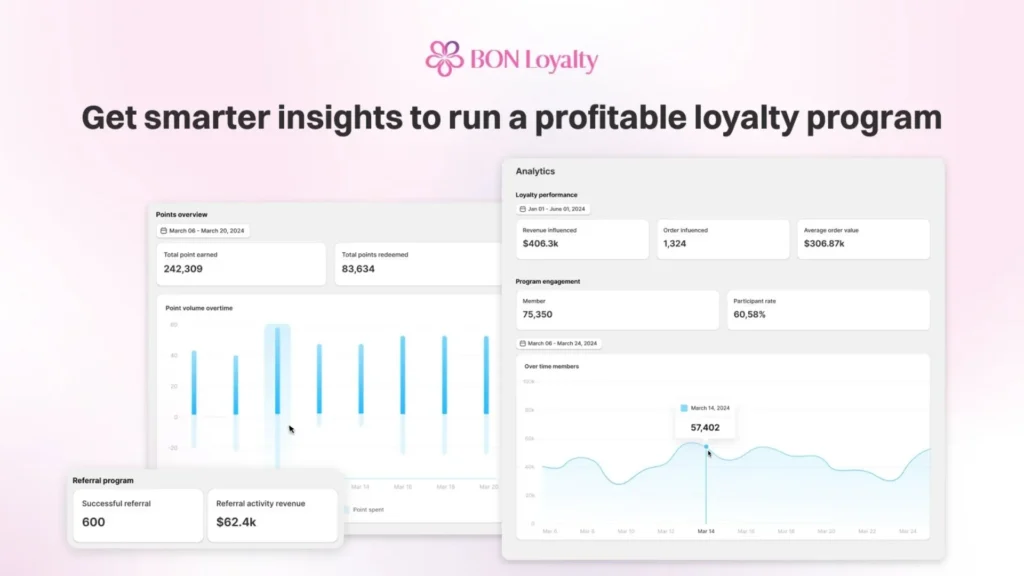
It Costs Too Much But Does Not Create True Brand Loyalty
It’s possible for loyalty programs to cost too much and not really make people committed to a brand. This is because customers don’t feel a genuine connection, so they will easily still switch brands.
Thankfully, you don’t need to be a beauty giant like Sephora to set up a community through a loyalty program. Even small businesses can cultivate a dedicated customer base with the right strategy. Our guide to building your loyal community will help you.
Negative Reaction From Customers If You End The Loyalty Program
When you start something, you also need to think about ending it. Often, customer expectations will feel betrayed when a company discontinues a program that was a key factor in their loyalty.
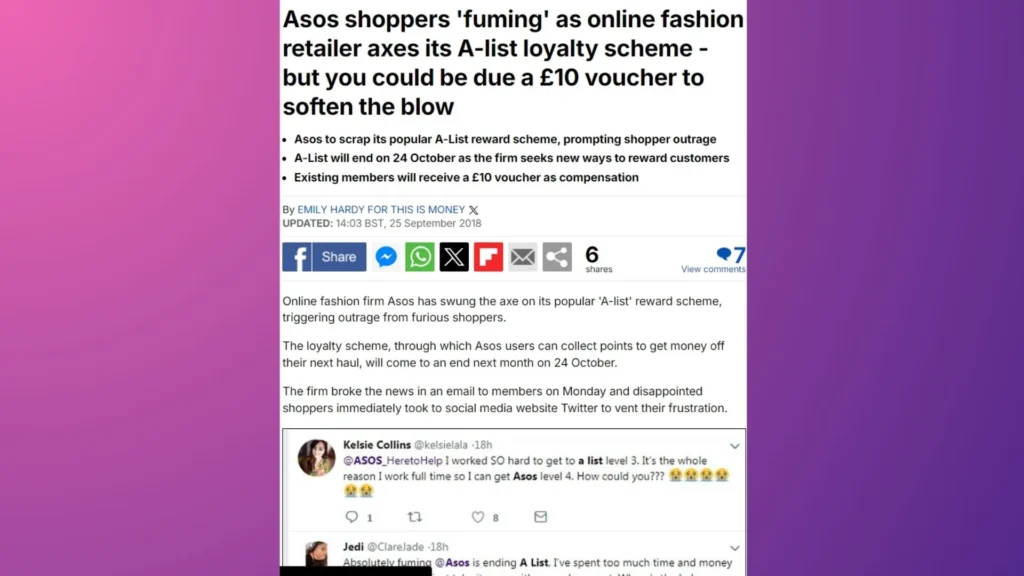
The only solution in this case is to give a sincere apology and explain why your customer loyalty program is ending. At the same time, you should have a satisfactory policy for the interests of customers who still have loyalty points.
Does Your Business Need A loyalty program?
So we have learned about both pros and cons of loyalty programs through the above sections. Surely you are wondering whether loyalty programs are really suitable for your business or not.
In this part, we will talk about some aspects below so you can find the answer for yourself.
When To Consider A Loyalty Program?
Before launching a loyalty program, it’s important to assess your company’s needs to make sure it’s a good match. If you’re seeing problems like these, you may want to think about launching a loyalty program:
- High customer acquisition costs.
- Low customer retention rates.
- The desire for deeper customer relationships.
- Competitive pressure when your competitors are offering successful loyalty programs. You may need to install one to stay competitive.
Consider The Business Types
In our experience, not all business types are suitable for creating a loyalty program. We have found that the following industries are suitable for reward programs:
Retail:
- Fashion: Clothing, accessories, footwear.
- Grocery: Supermarkets, convenience stores.
- Electronics: Consumer electronics, appliances.
- Beauty and Personal Care: Cosmetics, skincare, haircare.
Food and Beverage
- Restaurants: Dine-in, fast food, delivery.
- Coffee shops: Independent cafes, chains.
While this is going on, we don’t think it’s a good idea for one-time-buy businesses like cars and home products.
Basically, if your type of business is repeat-buying, we recommend you consider setting up a reward program. Don’t worry; even as a small business, you can follow the guide to create your loyalty program for your E-commerce store.
Understanding Your Customer Base
Finally, besides considering the pros and cons of loyalty programs, we should look at some of the factors below:
Customer Lifetime Value (CLTV):
- High CLTV means customers who make frequent purchases and have a long-term relationship with your brand. This is an ideal candidate for a loyalty program.
- Low CLTV means that customers tend to make one-time or infrequent purchases. In this case, a loyalty program might not yield significant benefits.
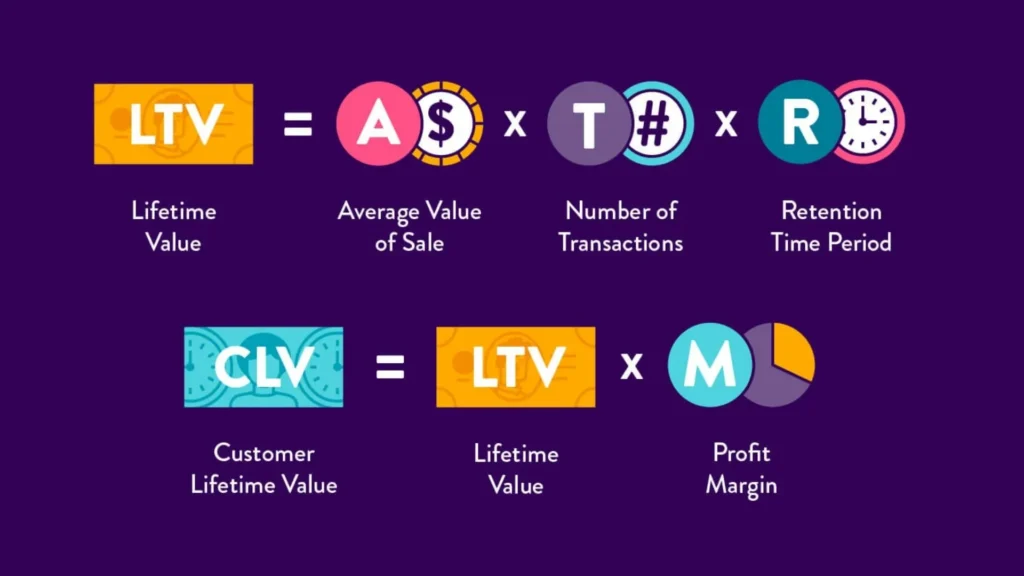
Customer segmentation:
If you have a diverse customer base, a loyalty program can help identify and reward high-value customers while offering incentives targeted to other segments.
Even in a niche market with a smaller customer base, a loyalty program can foster a strong sense of community and loyalty.
Customer behavior:
If your customers purchase frequently and are highly engaged, implementing a rewards program will be successful.
Competitive landscape:
If your competitors have excellent rewards programs, you may need to start your own to stay ahead. Also, a reward program can help your company stand out if your business has a unique product or service.
Conclusion
We have learned all about the pros and cons of loyalty programs. But it’s important to compare the possible benefits to the costs and problems with them. You can decide if a reward program is right for your business by carefully considering your goals, the people you want to reach, and the resources you can access. Take a look at our blog for more tips and information on how to make and run great reward programs.
Lindsey Nguyen is a Content Marketing Specialist at BON Loyalty, specializing in digital marketing and eCommerce. At BON Loyalty, she crafts content that empowers Shopify store owners to build and sustain thriving customer relationships through innovative loyalty programs. Her articles, often featured on the BON Loyalty blog, provide valuable strategies and insights that help businesses enhance customer loyalty and increase customer lifetime value.
